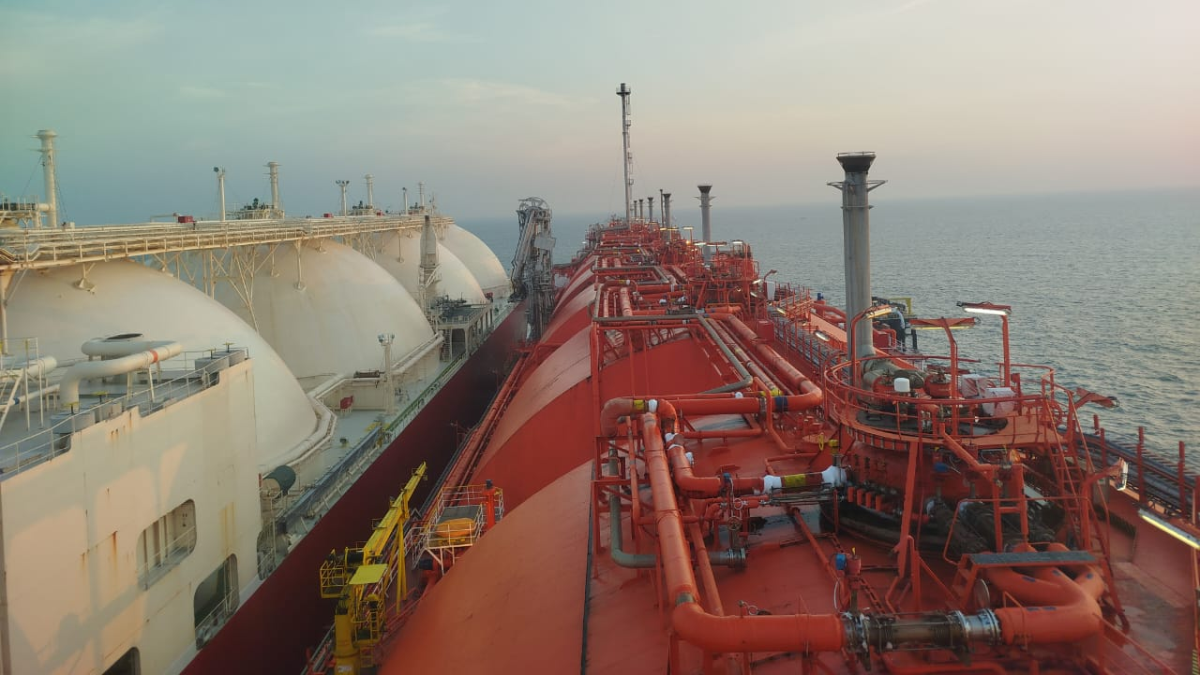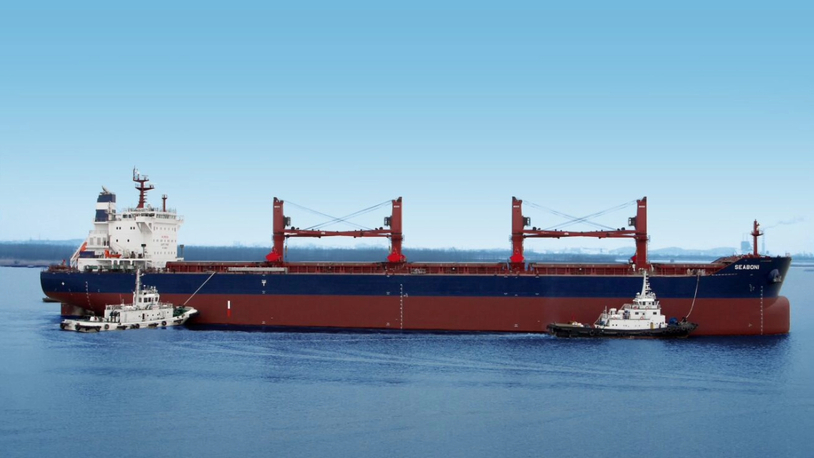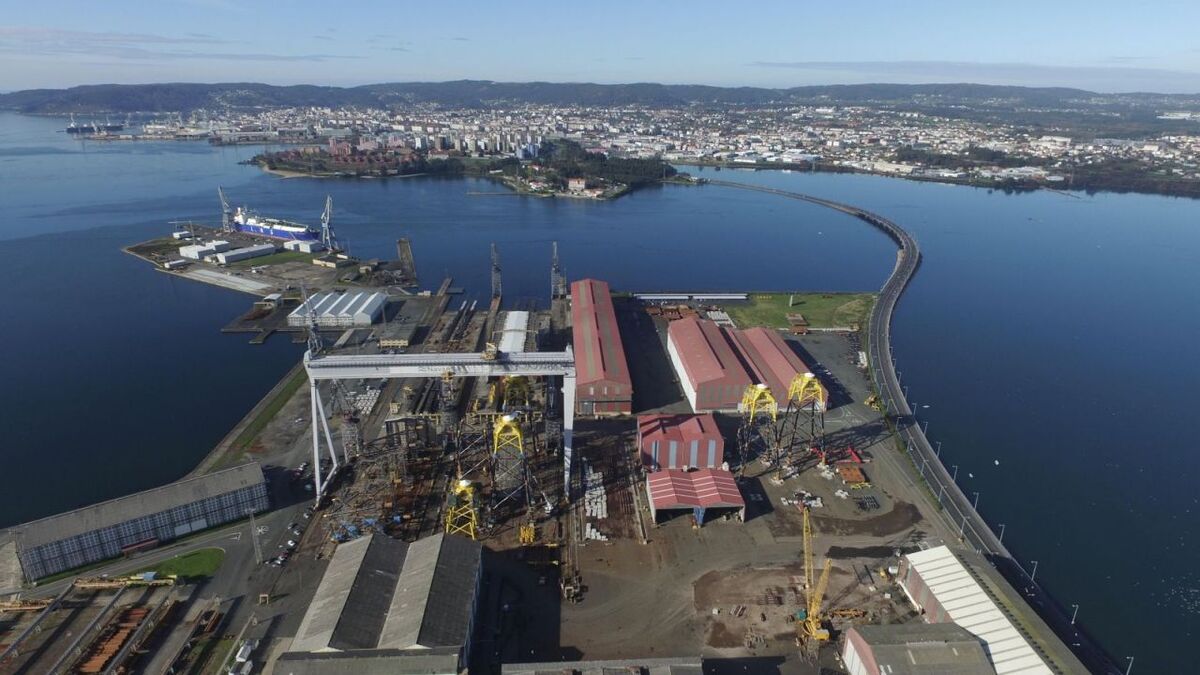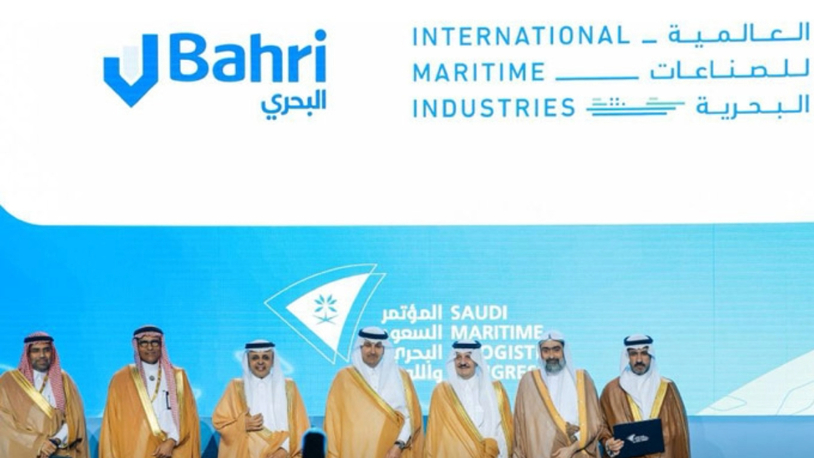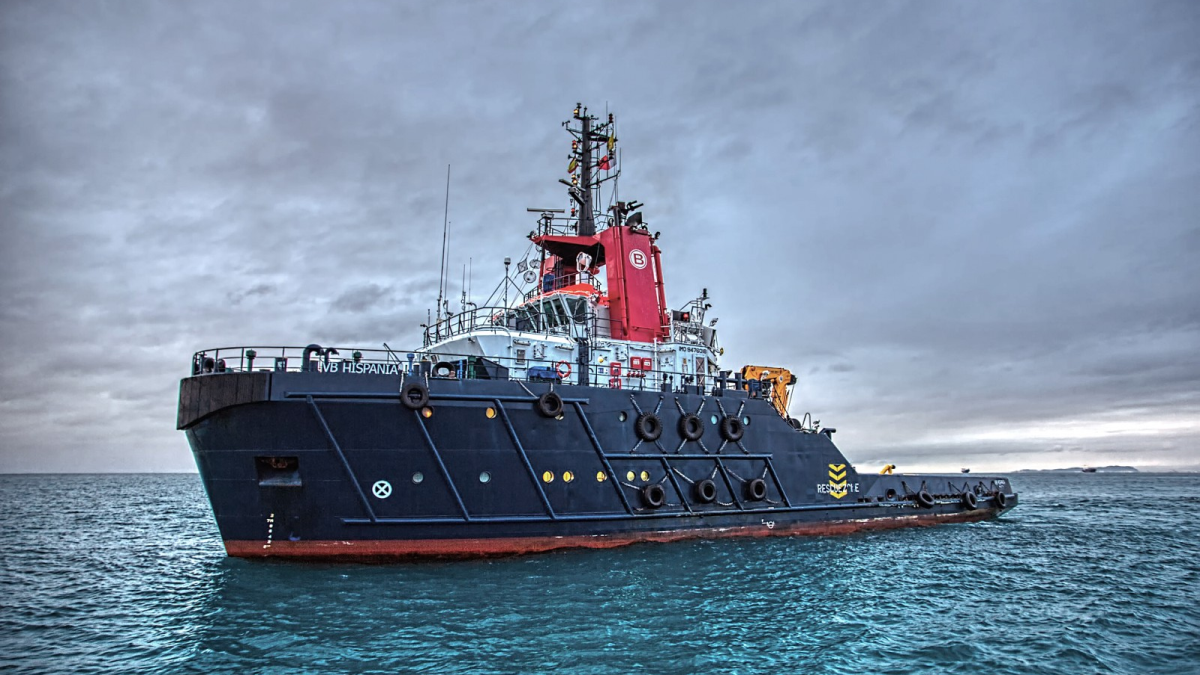Business Sectors
Events
Contents
Register to read more articles.
From trade threats to climate costs
GHG rules from MEPC 83 carry a financial and political weight comparable to physical trade disruptions — yet are harder to price or predict
The closure of the Suez Canal in 2021 by container ship Ever Given created an immediate and calculable disruption to oil flows. Historically, such geopolitical shocks — whether the threat of piracy off Somalia or attacks in the Red Sea — have produced clear, trackable consequences for tanker earnings and tonne-mile demand. They are physical interruptions with finite trajectories. Even when volatile, their resolution lies within sight.
By contrast, recent moves by the US to explore punitive port fees for Chinese-built tankers have reintroduced a far more abstract tension into the oil trade. Greek shipowners, whose fleets are often built in, or on order in, China, have the most to lose from this form of regulatory brinkmanship. Yet unlike the blocking of a waterway, this potential disruption defies modelling. It hovers not on charts, but in diplomatic posturing.
When President Trump imposed tariffs, he did so rapidly but the framing was transactional, a negotiation tactic dressed as policy. Some tariffs were suspended, or even increased. In that sense, it is tempting to view the impact on the oil trade through the same lens. But therein lies the problem. Speculation around the impact of US threats to tanker shipping and trade are compelling in the short term, but any attempt to price them into the long-term dynamics of tanker shipping renders the exercise obsolete before it begins.
“Recent moves by the US have reintroduced an abstract tension into the oil trade”
This same transactional tenor underscored the US’s departure from the MEPC 83 discussions. In a move described during a Bureau Veritas webinar as a “bombshell,” a Department of State memorandum warned against measures that could affect US interests and hinted at retaliatory steps. The irony, of course, is that MEPC 83 did not engage in gestures. It concluded with outcomes — tangible, enforceable, and time-bound.
The GHG Fuel Intensity (GFI) requirements endorsed at MEPC 83, including the use of Surplus Units (SUs) and Remedial Units (RUs), are more than policy signposts. They form the basis of a complex compliance regime, underpinned by the IMO Net-Zero Fund. According to some estimates, the fund could reach around US$10Bn. In tanker terms, that eclipses the value of VLCCs traded in the S&P market across 2023 and 2024, which VesselsValue put at US$9Bn.
This is no small footnote. The collected revenue will be used for purposes such as rewarding zero and near-zero emissions technology, researching on this technology, supporting a just transition for seafarers and facilitating information sharing. It is a huge task, but the structure is real, the timeline defined, and the compliance demands unavoidable.
In the context of the tanker industry, where policy is often dismissed until it pierces earnings, the Net-Zero Fund represents a fiscal gravity shift. It converts emissions regulation into a marketplace with consequences as material as a VLCC grounded on an Alaskan coral reef. Which must irk some tanker owners. The transition from single-hull to double-hull tankers was not supported by such a mechanism, but paid for by tanker owners.
MEPC 83 leaves many unanswered questions, and not all IMO member states are onboard, but it is a tangible step forward. And unlike trade threats, it cannot be walked back with a change in political mood. It is already under way and IMO could one day control one of the largest funds in shipping.
Sign up for Riviera’s series of technical and operational webinars and conferences:
- Register to attend by visiting our events page.
- Watch recordings from all of our webinars in the webinar library.
Related to this Story
Events
Offshore Support Journal Conference, Americas 2025
LNG Shipping & Terminals Conference 2025
Vessel Optimisation Webinar Week
© 2024 Riviera Maritime Media Ltd.





